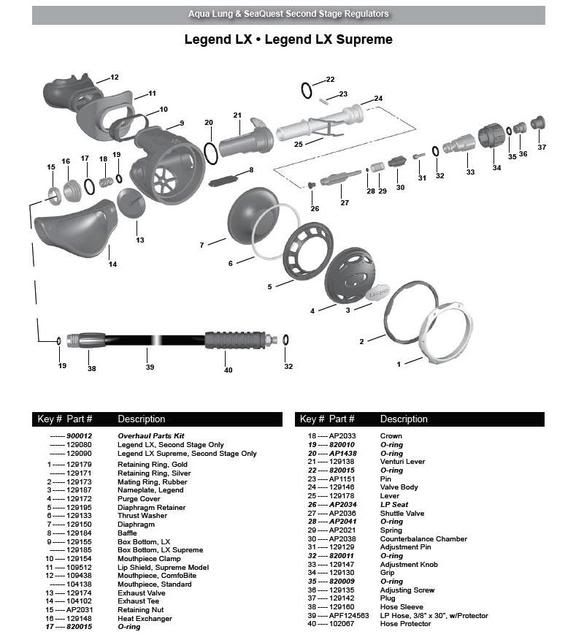Scubasteve1982
Contributor
Hello,
Kind of a newbie question here.
I've recently purchased my first regulator. Titan XL. I've made 50+ dives in the last 2 years and always rented. So here's my question.
The Venturi Adjustment Lever- What's it's purpose? I've read it's to adjust airflow, is that correct? What should I be looking for? Is it a personal preference thing? When would I use it?
Kind of a newbie question here.
I've recently purchased my first regulator. Titan XL. I've made 50+ dives in the last 2 years and always rented. So here's my question.
The Venturi Adjustment Lever- What's it's purpose? I've read it's to adjust airflow, is that correct? What should I be looking for? Is it a personal preference thing? When would I use it?





